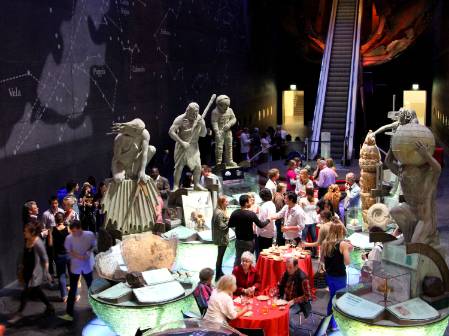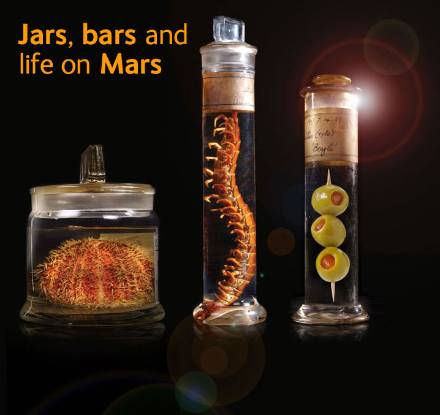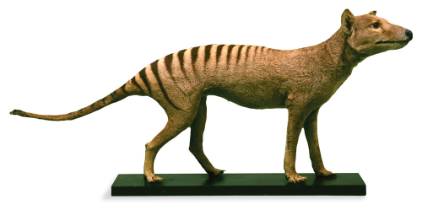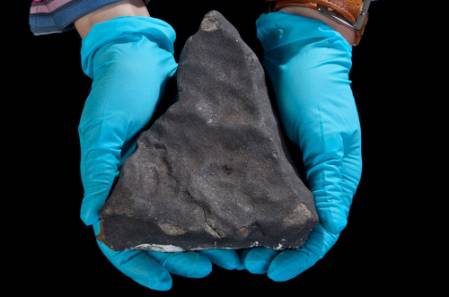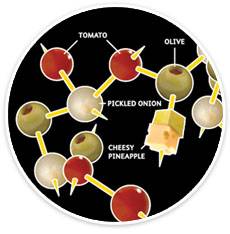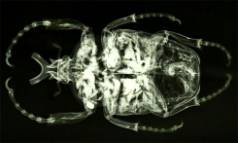This week we're celebrating our wonderful volunteers - about 450 of them at the Museum - as we join in the nationwide Volunteers' Week activities taking place from 1-7 June. As we usually do each year, we're holding a big party just for them in our Earth galleries and adjoining Deli Cafe, with lots of food, drink and entertainment planned, to say a huge thankyou and also to thank our volunteer managers.
Last year's party celebrations for our volunteers and volunteer managers, held in the Museum's dramatic Earth galleries.
Ali Thomas, our Volunteers Project Manager, reminds us:
'Our brilliant volunteers are among the many treasures we hold at the Museum. They are not just a fluffy aside to what we do but are so integral to our work behind the scenes and to our future.
'Thank you to all our volunteers, who despite mostly being hidden away from public view, take part with such vibrancy, enthusiasm and dedication. This week's celebrations are in your honour.'
If you've visited the outdoor butterfly house this spring, you will have encountered several of the 45-strong group of friendly, informed volunteer staff who help guide the young and old alike through the colourful high-fliers of the Sensational Butterflies exhibition. They do such an amazing job, they've already received 100s of enthusiastic compliments (on feedback forms) since the exhibition opened in April.
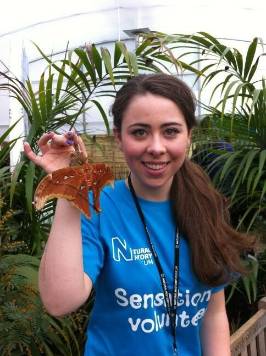 One of our much-appreciated Sensational Butterflies volunteers, Rosemary, making friends with a giant atlas moth in the butterfly house.
One of our much-appreciated Sensational Butterflies volunteers, Rosemary, making friends with a giant atlas moth in the butterfly house.
In the public galleries, our Learning volunteers continue to engage with visitors daily, and over the last 12 months have interacted with 119,825 people. Our Learning volunteer programme is now in its 9th successful year and you will see and talk with them throughout the Museum.
You can look in on another group of volunteers at work every Thursday in the Darwin Centre Cocoon's Specimen Prepartion Area. These volunteers are currently helping on the V Factor scientific project to collate and digitise our diatom collection. There is a new display of Indonesian coral fossils on show in the Museum's Dinosaur Way, which puts the spotlight on the previous V Factor project and volunteer input.
'We so enjoyed V Factor and are so thankful to the Museum for setting up this initiative and making it availalbe to young people such as Hannah, who has a very different style and needs more support than the average young person,' enthused one of the previous participant's mums.
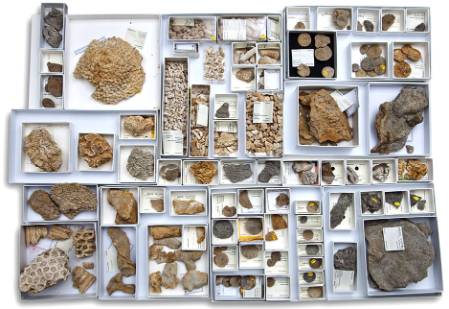 Indonesian coral fossils which V Factor volunteers helped to prepare for research. Some are on show in the Museum's Dinosaur Way.
Indonesian coral fossils which V Factor volunteers helped to prepare for research. Some are on show in the Museum's Dinosaur Way.
We have 12 Museum volunteers nominated for the Kensington and Chelsea Volunteer Awards this year, so fingers crossed. We will report back on the Volunteers' Week celebrations and activities in our next volunteers' newsletter.
 Museum volunteers with their awards at last year's Kensington and Chelsea Volunteer Awards ceremony.
Museum volunteers with their awards at last year's Kensington and Chelsea Volunteer Awards ceremony.



